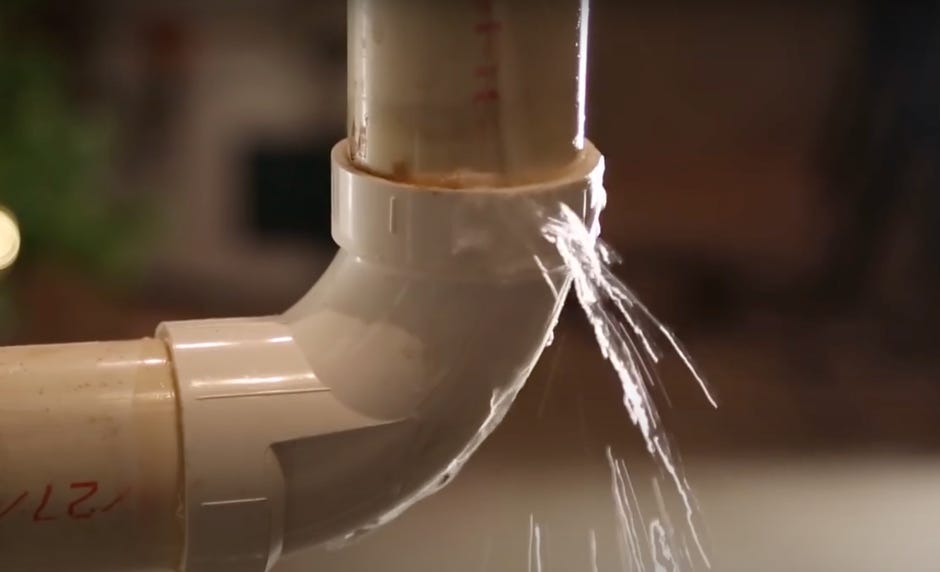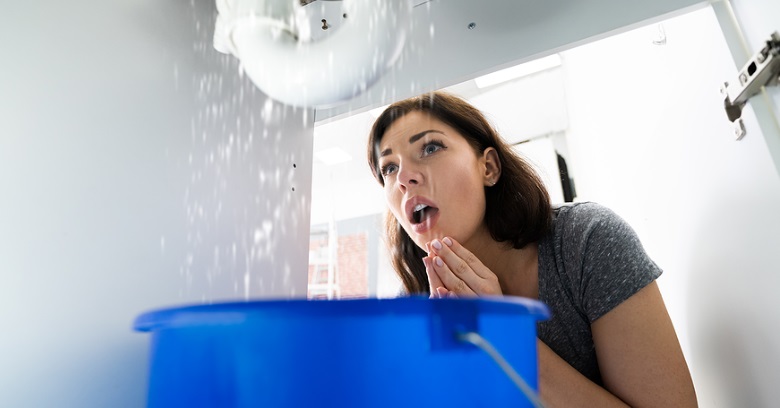Spotting and Speedily Fixing a Burst Pipe: Essential Guidance
Spotting and Speedily Fixing a Burst Pipe: Essential Guidance
Blog Article
The article listed below on the subject of How to Prepare for Your Dishwasher Installation is immensely fascinating. You should look it over.

A ruptured pipe is a major emergency; you can just stand as you enjoy water you pay dearly to rejoin with the planet. In worse instances, you discover a swimming pool on your kitchen area floor, which is an excellent journey risk, particularly if you have youngsters around. If the pipe that burst was in your wall surfaces, trouble: you may need to paint that whole area.
How can a disaster like a ruptured pipeline be prevented and handled? Well, by listening to your specialist emergency plumbings and also following these policies.
Just how do I know when my pipelines have ruptured?
Fluctuating water pressures
Pipes do not simply burst in a day. You might have noticed that your kitchen area faucet or shower does not run instantly when you transform the tap. It may stop for a few secs and afterwards blast you with even more pressure than common.
In various other circumstances, the water might appear typical initially, then decrease in pressure after a couple of seconds.
Polluted water
Many people presume a burst pipeline is a one-way electrical outlet. Quite the contrary. As water flows out of the hole or tear in your plumbing system, contaminants discover their way in.
Your water might be polluted from the resource, so if you can, check if your water tank has any problems. However, if your drinking water is supplied and also detoxified by the local government, you need to call your plumber immediately if you see or smell anything funny in your water.
Puddles under pipelines and sinks
When a pipe bursts, the outflow forms a pool. It might show up that the pool is growing in size, as well as despite the number of times you mop the puddle, in a few minutes, there's another one waiting to be cleaned. Often, you may not have the ability to trace the pool to any kind of noticeable pipelines. This is an indication to call an expert plumber.
Wet walls and water discolorations
Before a pipeline bursts, it will leak, most times. If this relentless dripping goes unnoticed, the leakage might graduate right into a vast gash in your pipeline. One simple means to prevent this emergency is to keep an eye out for wet walls ad water spots. These water spots will certainly lead you right to the leakage.
Untraceable leaking noises
Pipe ruptureds can occur in one of the most undesirable areas, like within concrete, inside walls, or under sinks. When your home goes silent, you may have the ability to hear an aggravatingly relentless leaking noise. Even after you've inspected your shower head as well as kitchen area faucet, the dripping may proceed.
Beloved viewers, the leaking might be originating from a pipe inside your walls. There isn't much you can do about that, other than tell a professional plumber.
Show up the Warmth
Establish fans to blow warm right into chilly spaces. Maintain the garage door shut. If you have minimized water flow, warm one of the most susceptible pipelines (usually in basements and also crawl spaces or near exterior wall surfaces) with a hair dryer. Leave the tap on while you apply warmth. As you thaw ice, the flow will certainly enhance. To stop pipes from freezing, protect your walls.
Beginning Getting Rid of the Water
Get the wipe, buckets as well as a store vacuum cleaner to begin to do away with the water because you absolutely don't want it saturating right into whatever else in your house. Plus, a quick tidy up will lower the opportunities of something getting moldy.
What do I do when I spot a ruptured pipeline?
Your water meter will certainly remain to run also while your water wastes. To reduce your losses, find the major controls as well as transform the supply off. The water pipe are an above-ground framework at the edge of your building.
How to Fix & Detect a Leaking Pipe
How Do I Know if a Pipe is Leaking?
Leak detection tests can help you determine if your pipe has a leak. Even if you don’t see an apparent leak, you should still conduct leak detection tests regularly to save water and money—and prevent major damage to your home.
Water meter. It can be helpful to figure out what your usual water meter usage numbers are and then monitor them regularly. To monitor your meter, first, turn off all water faucets in your home. Check the meter and write down the numbers. In a few hours, check the meter again. If the numbers have changed, you have a leak. Water gauge. Use a water gauge to test your water pressure. Your showerhead should produce a certain amount of water pressure based on its model and design. If the pressure is lower than it is supposed to be for that specific showerhead, your home likely has a leak. Puddles. Look inside your bathroom, laundry, and kitchen sink cabinets. Puddles around the cabinets or around toilets, tubs, showers, and washing machines indicate the presence of a leaking pipe. You may also notice loose tiles, peeling or flaking paint, or mold caused by water accumulation. Napkin test. Even if you don’t see any puddles, you may still have a leak. You can test for water leaks in the bathroom, laundry, and kitchen by wiping below-sink connections with a napkin, paper towel, or piece of toilet paper. If it becomes damp, you probably have a leaking pipe under the sink. Discolored walls. Walls that are discolored—usually with brown or yellow stains—or bulging might mean that they have been impacted by water damage caused by a leaking pipe. Smell. A leaky pipe will create sitting water, and over time, that water may develop a musty smell. If your home smells musty, but you can’t locate the source, it may be due to a leak. Steps for Fixing a Leaking Pipe
A leaky drain can be remedied by tightening the pipe base, replacing the drain seal, caulking the rim, and tightening the pipe nut. Similarly, a leaking toilet pipe can be treated by tightening the packing nut. You may also need to replace the valve. A leaky faucet may just need tightening or replacement of the washers. If that doesn’t work, consider replacing your faucet. If your pipe has a hole in it, you may want to use a pipe leak sealer or pipe leak tape. This quick fix for water pipe leaks can also temporarily fix a copper pipe leak. https://www.ahs.com/home-matters/quick-tips/how-to-tell-if-pipes-are-leaking/

I ran across that article about How to Prepare for Your Dishwasher Installation when perusing the internet. Liked our blog? Please share it. Let others check it out. Kudos for your time. Come back soon.
Clog issue? Reach out! Report this page